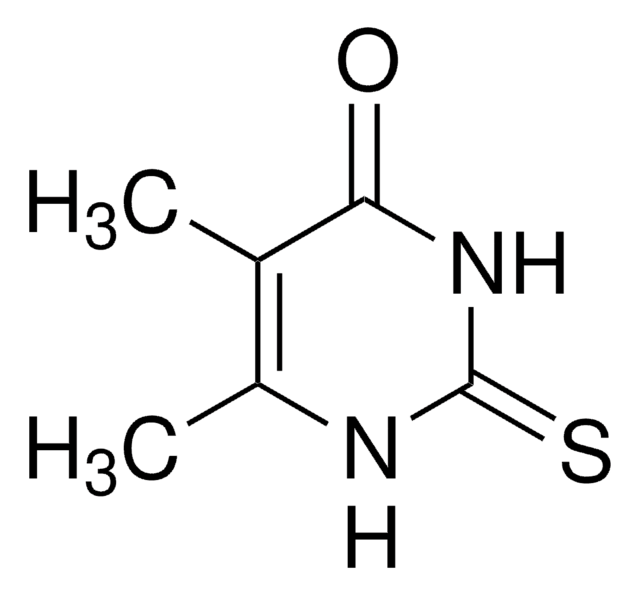I0899
Imipramine hydrochloride
BioXtra, ≥99% (TLC)
Synonym(s):
10,11-Dihydro-N,N-dimethyl-5H-dibenz[b,f]azepine-5-propanamine hydrochloride, 5-[3-(Dimethylamino)propyl]-10,11-dihydro-5H-dibenz[b,f]azepine hydrochloride
About This Item
Recommended Products
product line
BioXtra
Quality Level
Assay
≥99% (TLC)
form
powder
impurities
≤0.0005% Phosphorus (P)
≤0.1% Insoluble matter
ign. residue
≤0.1%
solubility
H2O: 50 mg/mL, colorless to faintly yellow
anion traces
sulfate (SO42-): ≤0.05%
cation traces
Al: ≤0.0005%
Ca: ≤0.005%
Cu: ≤0.0005%
Fe: ≤0.005%
K: ≤0.005%
Mg: ≤0.0005%
NH4+: ≤0.05%
Na: ≤0.005%
Pb: ≤0.001%
Zn: ≤0.0005%
SMILES string
Cl[H].CN(C)CCCN1c2ccccc2CCc3ccccc13
InChI
1S/C19H24N2.ClH/c1-20(2)14-7-15-21-18-10-5-3-8-16(18)12-13-17-9-4-6-11-19(17)21;/h3-6,8-11H,7,12-15H2,1-2H3;1H
InChI key
XZZXIYZZBJDEEP-UHFFFAOYSA-N
Gene Information
human ... SLC6A2(6530) , SLC6A4(6532)
Looking for similar products? Visit Product Comparison Guide
Related Categories
Application
- Novel, fast, and reliable electrochemical dsDNA biosensor based on O-terminated pristine nanocrystalline boron-doped diamond electrode for DNA interaction studies.: Research featuring a novel electrochemical dsDNA biosensor that facilitates the study of DNA interactions with imipramine hydrochloride, enhancing our understanding of its genotoxic effects and providing crucial insights for biochemistry applications (Augustín M et al., 2024).
- Comparison of two pharmacological protocols for inducing ex copula ejaculation in donkeys.: In this comparative study, imipramine hydrochloride is used within a pharmacological protocol, offering significant insights into veterinary applications and animal reproductive studies (Khan FA et al., 2024).
- Development of Visible Spectrophotometric Methods for the Determination of Tricyclic Antidepressants Based on Formation of Molecular Complexes with p-Benzoquinones.: This publication outlines a novel spectrophotometric method for analyzing tricyclic antidepressants like imipramine hydrochloride, providing an efficient tool for quantitative analysis in pharmaceutical and clinical research (Ciuca MD et al., 2023).
Biochem/physiol Actions
Signal Word
Danger
Hazard Statements
Precautionary Statements
Hazard Classifications
Acute Tox. 2 Oral
Storage Class Code
6.1A - Combustible acute toxic Cat. 1 and 2 / very toxic hazardous materials
WGK
WGK 1
Flash Point(F)
Not applicable
Flash Point(C)
Not applicable
Certificates of Analysis (COA)
Search for Certificates of Analysis (COA) by entering the products Lot/Batch Number. Lot and Batch Numbers can be found on a product’s label following the words ‘Lot’ or ‘Batch’.
Already Own This Product?
Find documentation for the products that you have recently purchased in the Document Library.
Customers Also Viewed
Our team of scientists has experience in all areas of research including Life Science, Material Science, Chemical Synthesis, Chromatography, Analytical and many others.
Contact Technical Service













